Disinformation Security: Strategies to Combat Fake News in the Digital Age 2025
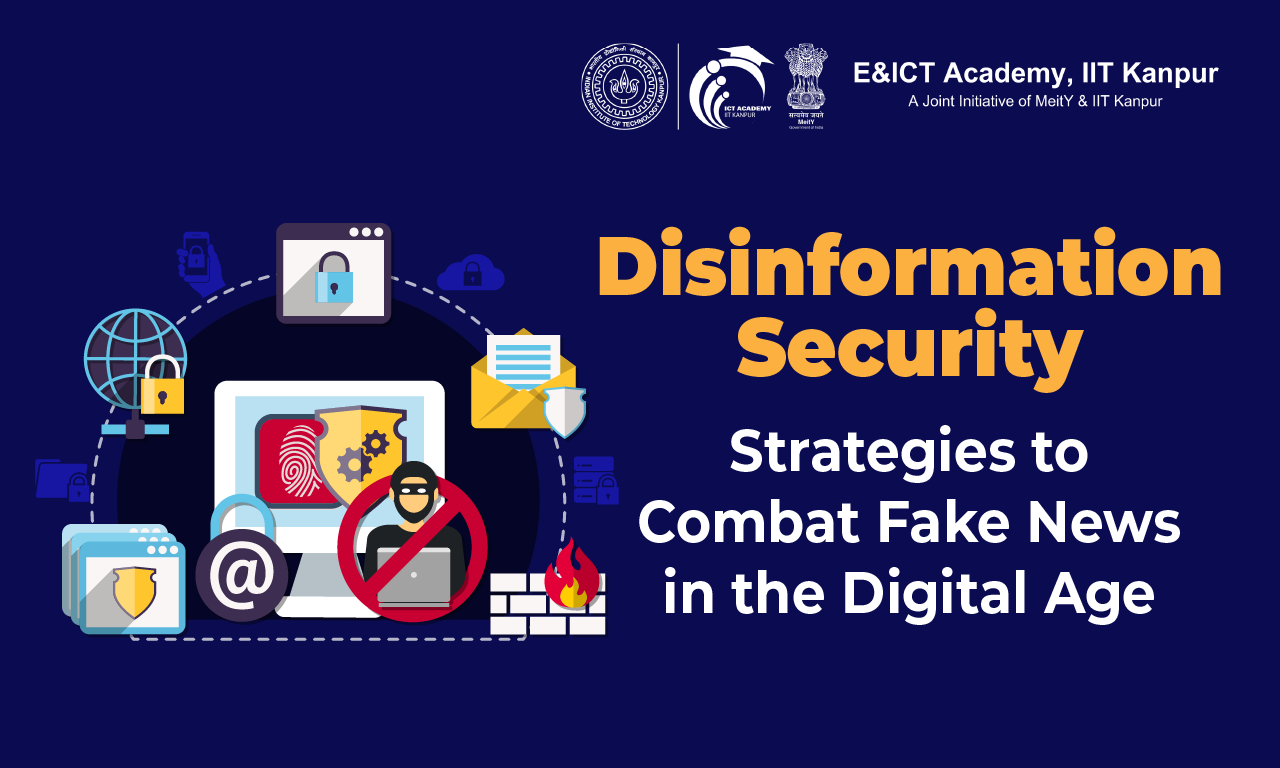
One of the biggest problems we face today is the proliferation of fake news.
Due to the growth of digital platforms, misinformation can be spread more easily than ever, affecting national security, political stability, public opinion, and more. As a result, disinformation security has become a prerequisite for a successful modern society.
EICTA helps you examine the effects of fake news, its propagation, and the tactics that may be used to counter it efficiently.
The Impact of Fake News on Society
The effects of misinformation are indeed very wide-reaching. One of its most devastating impacts is its ability to influence public opinion. False information can change the perceptions, voting styles, and even lifestyles of people, thus having serious implications on politics, health, and societal issues.
Additionally, misinformation can often result in public loss of confidence in the media. This happens when credible sources of information become marred due to the widespread dissemination of misinformation. The resulting lack of trust may hinder effective governance and even compromise national security due to misinformation caused by polarization and division in society.
Inaccurate information regarding health and hygiene health information is another domain where fake news has disastrous effects.
For instance, unreliable health information spread rapidly during the COVID-19 pandemic and led people to make dangerous health decisions. These incidents show how important it is to handle disinformation security threats to protect public safety.
The Mechanics of Disinformation
To combat fake news effectively, it’s essential to understand how disinformation operates. Here are some key points:
- Production of Fake Content: Manipulating or manufacturing material is often the first step in the spread of misinformation. This can include deceptive headlines, photoshopped graphics, and fabricated stories intended to mislead readers.
- Amplification through Social Media: Algorithms of social media favor sensational content, thus diffusing fake news easily. Consequently, fake news usually spreads faster, and containing it often proves to be difficult.
- Echo Chambers: The phenomenon of “echo chambers” arises from the very fact that, through social media, it has become possible for users to follow like-minded individuals, thereby entrenching prior biases and propagating falsehoods.
- Exploiting Emotions: Those who believe in fake news are more likely to disseminate it because it often appeals to emotions such as fear, anger, and hope.
- Lack of Verification: A large section of people share information without verifying it. The situation is worsened without a proper system of verification.
Understanding these mechanics is the first step to creating perfect strategies in countering disinformation and safeguarding disinformation cyber security
The Role of Social Media in Spreading Fake News
Social media sites are best suited for spreading misinformation because of their global reach, real-time nature, and ease of content sharing. Fake news often spreads because of the algorithmic frameworks of the platforms, which favor sensational and dramatic material over factual information.
Over the past few years, many of the platforms have begun to introduce policies and mechanisms to halt the spread of misinformation. This includes reporting or eradicating misleading information, running fact-checking campaigns, and partnering with responsible organizations to verify claims.
Nevertheless, the battle against fake news on social media is still raging. Memes and viral videos are just two of the ways that fake news is spreading, making it challenging for conventional content moderation systems to keep up.
Technological Solutions for Detecting Fake News
Although the growing spread of fake news remains a troubling concern, modern technological advancements have made it possible to detect it and flag it to the concerned authorities.
AI and Machine Learning
Fake news can be very effectively spotted through artificial intelligence. Artificial intelligence systems might pick up altered information and flag it for further scrutiny by scanning patterns in text, images, or videos. This helps deal with misinformation threats in large numbers. AI and machine learning also contribute significantly to disinformation cyber security.
Blockchain Technology
Using blockchain technology provides transparent, decentralized access, and helps to verify the factual accuracy of information. This application of blockchain will involve keeping track of information on where these news pieces originated and attesting that there has been no tampering via digital signatures inside the content.
Automated Fact-Checking Tools
A variety of fact-checking software applications have been developed to verify the authenticity of online material. These systems may search for articles that are being presented as factual and then compare the information against validated databases to find false information.
Although these technological solutions hold much promise, they must be updated regularly to respond to evolving misinformation tactics.
Educational Campaigns and Media Literacy
The best long-term approach to fighting fake news is increased media literacy. Educational initiatives teaching people how to critically assess information can help lessen the impact of disinformation security concerns. People can become more discriminating information consumers and reduce their susceptibility to misinformation by learning to recognize bogus news.
Media literacy programs are implemented by governments, non-governmental organizations, and educational institutions. These train people on how to identify misleading information, question sources, and understand media biases. Such initiatives must be all-pervasive and continuous since the digital terrain is always shifting.
The Impact of Fake News on Society
The best long-term approach to fighting fake news is increased media literacy. Educational initiatives teaching people how to critically assess information can help lessen the impact of disinformation security concerns. People can become more discriminating information consumers and reduce their susceptibility to misinformation by learning to recognize bogus news.
Media literacy programs are implemented by governments, non-governmental organizations, and educational institutions. These train people on how to identify misleading information, question sources, and understand media biases. Such initiatives must be all-pervasive and continuous since the digital terrain is always shifting.
Conclusion
Disinformation security has become an international concern and is no longer a matter limited to governments and large corporations alone. Combating fake news requires a collective effort from every stratum of society as we navigate the nuances of the digital age.
Learning how fake news works would help us build technological countermeasures, improve media literacy, and promote corporate responsibility to help decrease the impact of fake news on our collective society.
Through these, we will be able to preserve a future with reliable information, thus enabling the defense of disinformation national security and disinformation cyber security.
Recommended Courses

CISSP - Introduction to Information Security
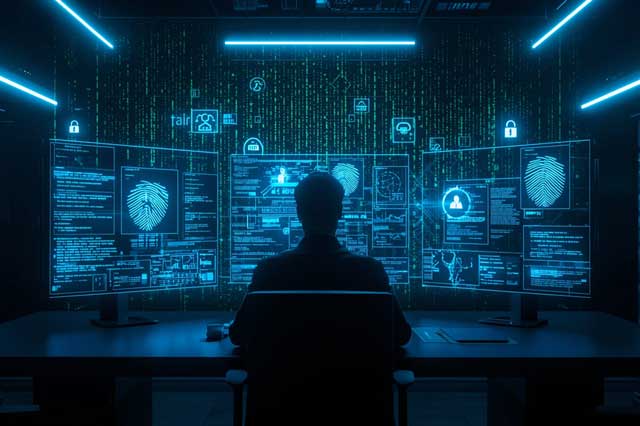
Computer Hacking Forensic Investigator (CHFI)
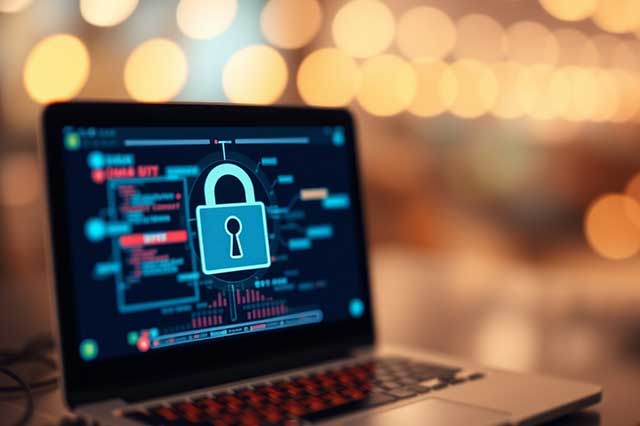
Cyber Security

Cyber Security Ethical Hacking
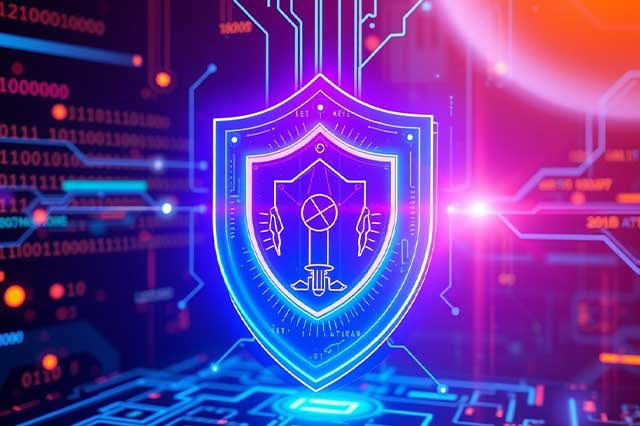
Cyber Security using AI

Ethical Hacking For Beginners
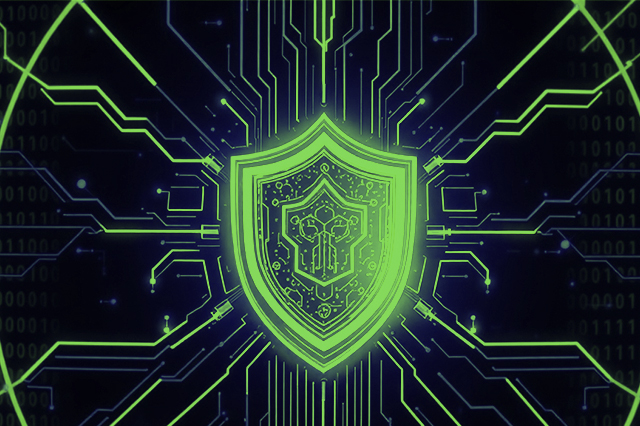
Gen AI in Cyber Security

Introduction to Cryptography for Beginners

Introduction to Cybercrime



